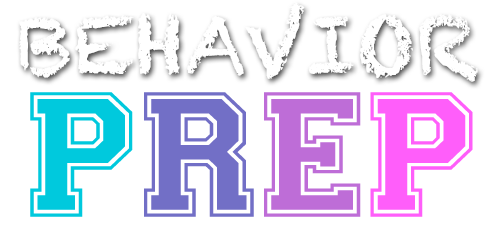B.6 Identify and distinguish between automatic and socially mediated contingencies.
Automatic Contingencies
Automatic contingencies, also known as natural contingencies, are those in which the consequence of a behavior is directly produced by the individual’s own actions or the environment. The consequence occurs without the involvement of other people.
Example: A person feels thirsty and drinks a glass of water to quench their thirst. In this case, the act of drinking water is directly related to the individual’s physiological need (thirst) and the consequence (quenching their thirst) is automatically produced by their own behavior..
Socially Mediated Contingencies
Socially mediated contingencies involve the influence of other people on the consequences of a behavior. The consequence is delivered by another person and is contingent upon the behavior of the individual.
Example: A child completes their homework, and their teacher praises them for their effort. The praise from the teacher serves as a socially mediated consequence that reinforces the child’s behavior of completing homework. The consequence (praise) is delivered by the teacher, and the behavior (completing homework) is influenced by the social interaction.
In automatic contingencies, the consequences are naturally occurring as a result of the individual’s behavior or the environment. On the other hand, socially mediated contingencies involve the influence of other people in delivering the consequences. Both types of contingencies play a role in behavior analysis and understanding how behaviors are influenced by their consequences, whether they are naturally occurring or delivered by others in a social context.
